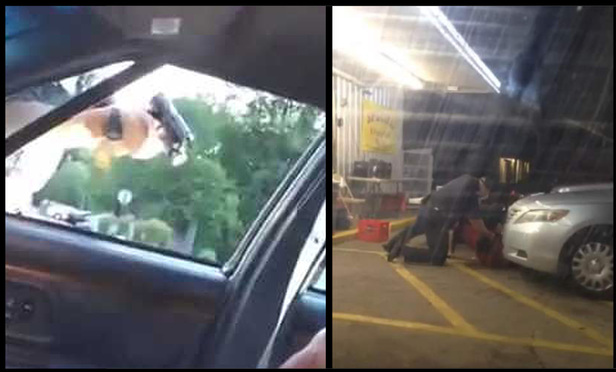Policing is a dangerous job. The majority of police officers in this country are honorable and brave. They work diligently to keep our communities safe and need discretion in fulfilling their important duties. Most reasonable people would agree on these points. The U.S. Supreme Court certainly has, giving the police a wide berth in use-of-force cases because “police officers are often forced to make split-second judgments—in circumstances that are tense, uncertain, and rapidly evolving—about the amount of force that is necessary in a particular situation.”
But the law is crystal clear about another thing: an officer’s use of force must be objectively reasonable. And though it may sound obvious to say, the use of force by the police often starts with drawing a gun. Drawing a loaded weapon is a bright line, the first step toward violence. If one civilian did it to another, he could and likely would go to jail.
This content has been archived. It is available through our partners, LexisNexis® and Bloomberg Law.
To view this content, please continue to their sites.
Not a Lexis Subscriber?
Subscribe Now
Not a Bloomberg Law Subscriber?
Subscribe Now
LexisNexis® and Bloomberg Law are third party online distributors of the broad collection of current and archived versions of ALM's legal news publications. LexisNexis® and Bloomberg Law customers are able to access and use ALM's content, including content from the National Law Journal, The American Lawyer, Legaltech News, The New York Law Journal, and Corporate Counsel, as well as other sources of legal information.
For questions call 1-877-256-2472 or contact us at [email protected]



